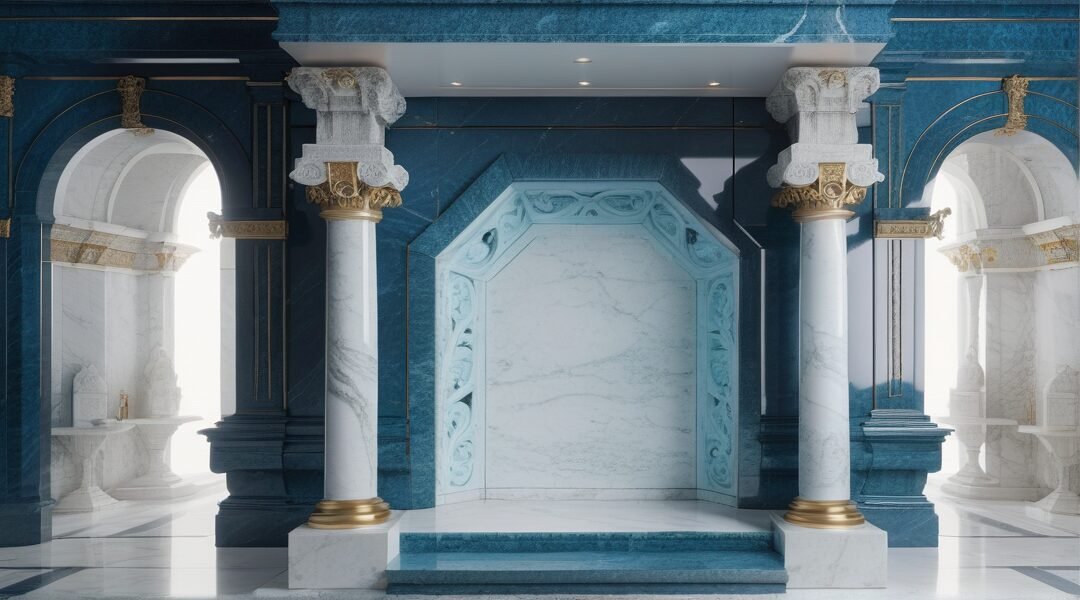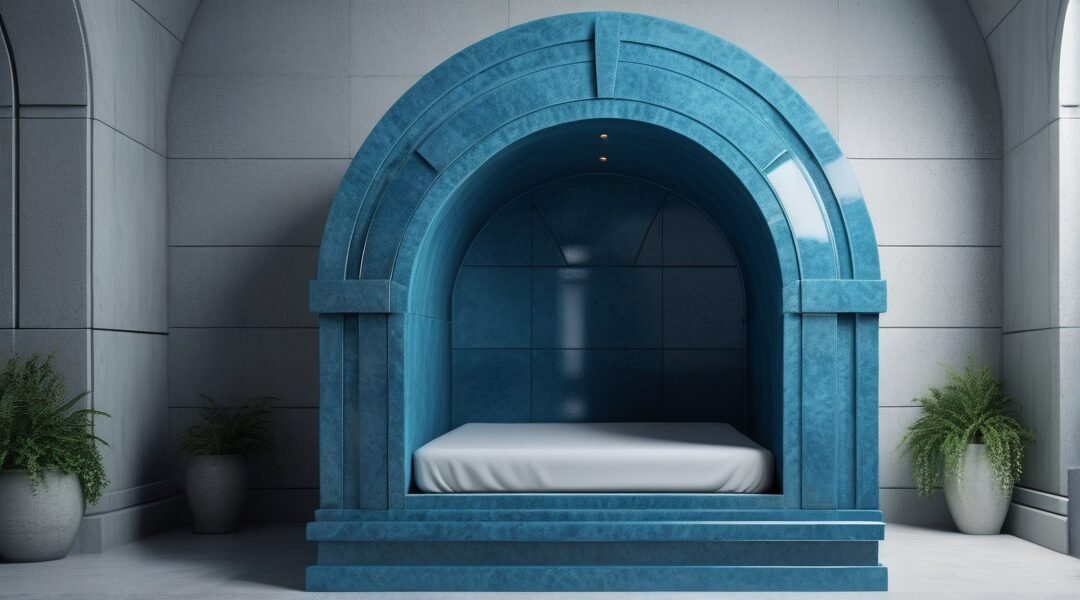Exploring the Timeless Architecture of Crypts
Delve into the fascinating world of crypt architecture, where history and design converge to create sacred spaces.
Gothic Elegance
Romanesque Solidity
Modern Minimalism
The Historical Significance of Crypts
Architectural Styles of Crypts
Gothic Crypts
Characterized by pointed arches, ribbed vaults, and intricate stone carvings, Gothic crypts exude a sense of mystery and reverence.
Romanesque Crypts
With their thick walls, rounded arches, and sturdy pillars, Romanesque crypts offer a sense of solidity and timelessness.
Modern Crypts
Emphasizing simplicity and functionality, modern crypts often incorporate sleek lines and contemporary materials.
Design Elements of Crypts
Explore the intricate design elements that define the solemn beauty of crypts, focusing on their layout and aesthetic appeal.
Symmetrical Layouts
Crypts often feature symmetrical layouts that provide a sense of balance and order, enhancing their solemn atmosphere.
Ornate Carvings
Intricate carvings and engravings are common, adding a layer of artistry and historical significance to crypt designs.
Lighting Considerations
Strategic lighting is used to highlight architectural features and create a serene ambiance within crypts.
Materials Used in Crypt Construction


Crypts are traditionally constructed using durable materials such as stone, marble, and granite. These materials are chosen for their longevity and ability to withstand the test of time. Stone and marble not only provide structural integrity but also contribute to the aesthetic appeal of crypts, with their natural textures and colors. Granite, known for its strength, is often used for its ability to endure harsh environmental conditions, ensuring that the crypt remains a lasting tribute to those interred within.
Design Considerations for Crypts
When designing a crypt, several factors must be taken into account to ensure it is both functional and respectful.
What are the key elements to consider in crypt design?
Key elements include ensuring structural integrity, choosing appropriate materials, and incorporating aesthetic features that respect cultural and historical contexts.
How does ventilation impact crypt design?
Proper ventilation is crucial to prevent moisture buildup, which can damage the structure and affect the preservation of remains.
Why is lighting important in crypts?
Lighting enhances the visual appeal and safety of crypts, highlighting architectural details and ensuring visibility for visitors.
What role does symbolism play in crypt design?
Symbolism is often integrated into crypt design through motifs and carvings, reflecting cultural beliefs and honoring the deceased.
How do modern crypts differ from traditional ones?
Modern crypts may incorporate advanced materials and technology for improved durability and environmental control, while still respecting traditional design principles.
What are the environmental considerations in crypt construction?
Environmental considerations include the impact on surrounding landscapes and ensuring the crypt is built sustainably with minimal ecological disruption.
Discover the Art of Crypt Design
Dive deeper into the fascinating world of crypt architecture. Uncover the unique styles and materials that define these sacred spaces. Contact us today for expert insights and guidance on creating a crypt that honors tradition and innovation.